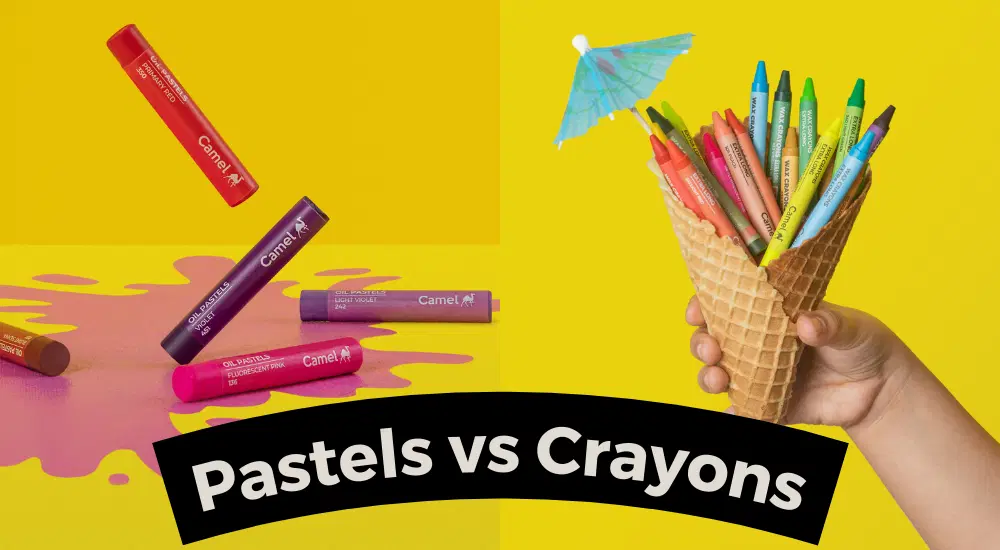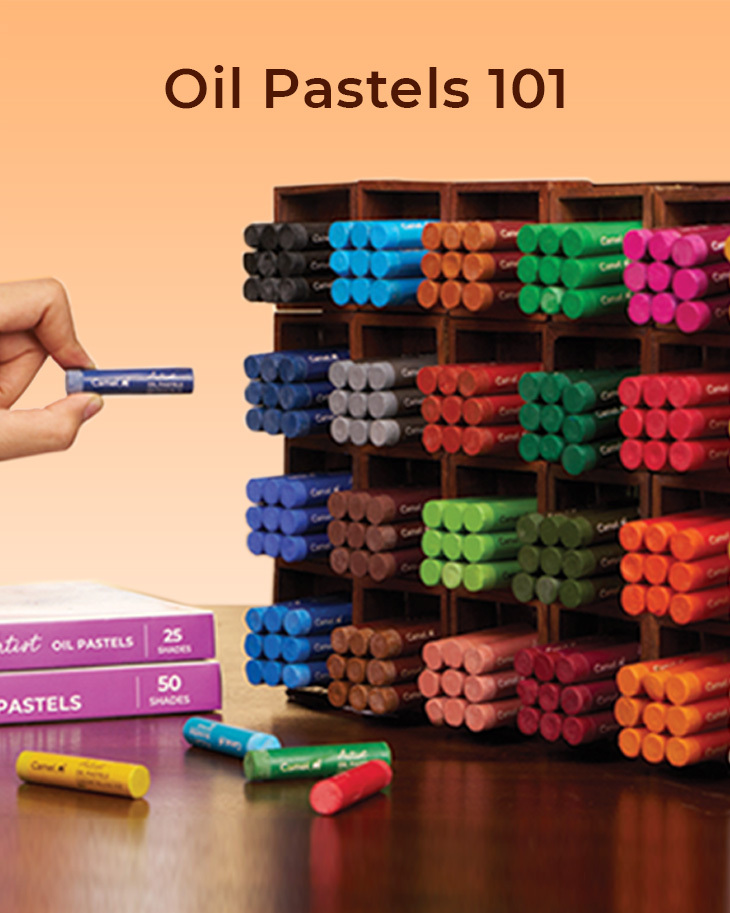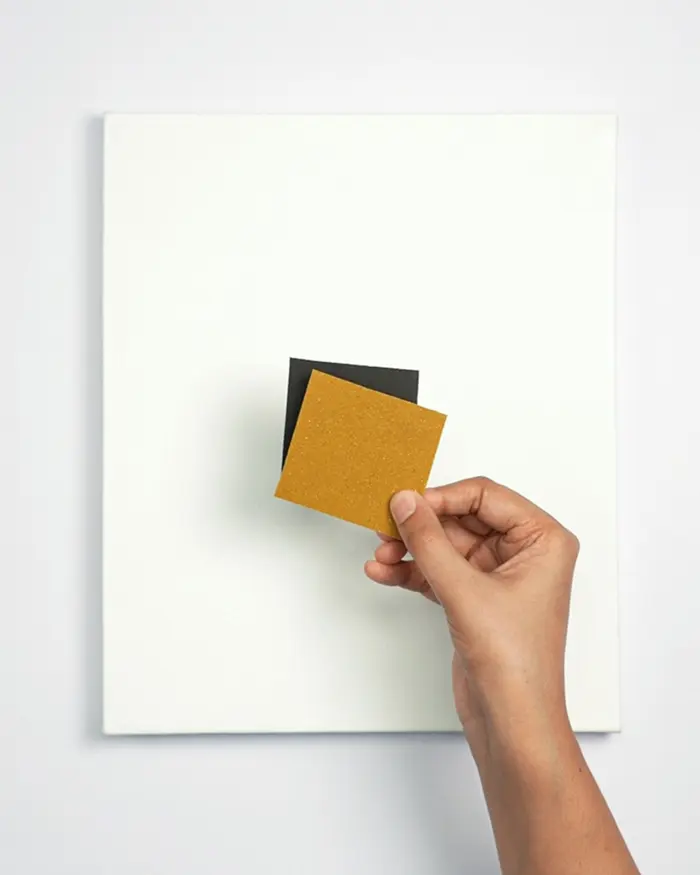These days, the variety of colours available for art can feel overwhelming. Kids start using many art supplies early in their school days and hobby classes. They explore crayons, coloured pencils, pastels, and watercolours to create their artwork. Each of them work differently. So, what sets pastels and crayons apart?
The key difference lies in their composition. Crayons are primarily made of wax, while oil pastels contain a mix of wax and non-drying oils, giving them distinct textures and usability.
Application and Texture
Crayons and oil pastels differ in how they apply on paper. Crayons give a firm texture that helps the artist see precise lines and create detailed artwork. Oil pastels are rich and creamy. They are smooth and blend easily. Artists love oil pastels because they can layer colours and create interesting textured effects. While crayons work well for sharp and fine drawings, oil pastels help artists mix and spread colours more fluidly.
Blending and Smudging
Oil pastels are excellent for blending colours seamlessly, making them a favourite among young artists looking for life-like textures and gradients. Crayons are sturdy and ensure clean, defined work without much smudging—perfect for neat, bold illustrations.
Surfaces and Versatility
Oil pastels can be used on different surfaces, such as paper, canvas and wood. Crayons work beautifully on paper and are often the first choice for beginners.
Feel and User Experience
Pastels are soft and can transfer easily onto hands or other surfaces during use. Crayons, with their firm composition, tend to be less messy and more convenient for clean colouring sessions.
In the end, both oil pastels and crayons have their highlights. The choice depends on the style of art and the young artist’s preferences. Pastels bring depth and texture, while crayons provide precision and simplicity.
Explore Camel's range of oil pastels and crayons, designed to meet the needs of artists at every level. Whether you’re blending with pastels or creating bold designs with crayons, Camel colours make every artistic journey exciting.
Did this article help you learn something new?
Share your thoughts with us in the comments below.
Leave a comment

Comment added
Comment updated
Comment deleted
More inspiration
“
“Don’t be conscious.There will be someone, somewhere who will appreciate your work.”




